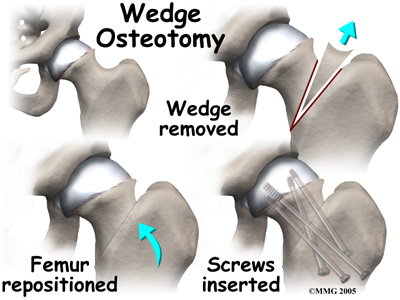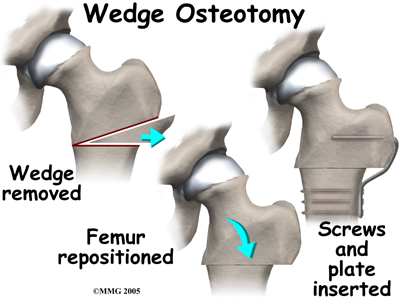What should be expected from rehabilitation post surgery?
Following surgery for SCFE, physiotherapy treatment is very useful in returning your child to their pre-injury activity level as quickly as possible. Physiotherapy can also assist in avoiding other compensatory problems in the back or lower limb in the future. Next Step Physio provides services for physiotherapy in Edmonton.
Rehabilitation at Next Step Physio can begin as soon as your child’s surgeon recommends it. Each surgeon will set his or her own specific restrictions based on the child’s individual severity of injury, the surgical procedure used, personal experience, and whether the SCFE is healing as expected.
Initially your physiotherapist at Next Step Physio may use modalities such as heat, ice, ultrasound, or electrical current to assist with decreasing any pain associated with the surgery. Crutches and a non-weight bearing status are standard following surgery for SCFE but within three to five days most patients will be able to start putting some weight down while standing or walking. Your physiotherapist at Next Step Physio will ensure your child is using the crutches safely and appropriately and that they are abiding by the weight bearing restrictions set by their surgeon. Your physiotherapist will also ensure that your child can safely use the crutches on stairs. We generally recommend that until it is possible to walk without a significant limp, either one or two crutches continue to be used. Improper gait can lead to a host of other pains in the knee; hip and back so it is prudent to continue on crutches until near normal walking can be achieved. Your Physiotherapist will give advice regarding the appropriate time for your child to be walking without any support at all. Once the crutches are no longer required, your physiotherapist will assist with gait re-education.
The next part of our treatment at Next Step Physio will focus on normalizing any deficits that may have developed in the range of motion and strength of your child’s lower limb joints. Your physiotherapist may assist in stretching your child’s limb or lower back while at the clinic and, if necessary, will ‘mobilize’ the joints of your child. This hands-on technique encourages the stiff joints to move gradually into their normal range of motion. In addition to the hands-on treatment in the clinic we will also prescribe a series of stretching exercises that we will encourage your child to do as part of a regular home exercise program.
Similarly to the range of motion deficits, strength deficits will also be addressed. Strength building exercises will be taught in the clinic and added to their home program. We may incorporate items such as Theraband or light weights into the exercises to provide additional resistance for the limb.
The final part of our Next Step Physio treatment will be ensuring that your child’s coordination and balance have returned to normal after their surgery. Following even a short period of walking with crutches or with an altered weight bearing status, your child’s normal balance, coordination, and proprioception (the ability to know where your body is without looking at it) can decline in function. Exercises, which may include balancing on one foot, jumping, and quick agility movements will be encouraged at an appropriate time in line with the surgeon’s restrictions.
Fortunately, gaining lost range of motion, strength, and coordination after surgery for SCFE goes quickly. You will notice improvements in your child’s function and gait even after just a few treatments with your physiotherapist at Next Step Physio. If, however, your child’s post-surgical physiotherapy is not progressing as your physiotherapist would expect, we will ask you to follow-up with your surgeon to confirm that the hip is tolerating the rehabilitation well and ensure that there are no post-surgical complications that may be impeding your child’s recovery.
Next Step Physio provides services for physiotherapy in Edmonton.
Portions of this document copyright MMG, LLC
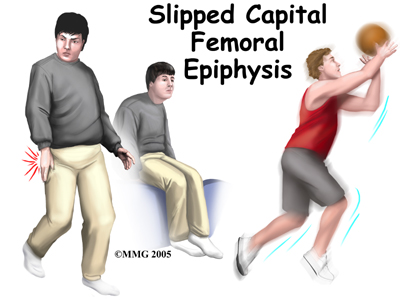


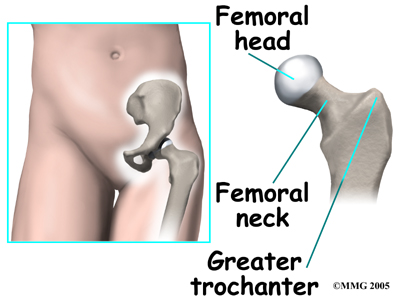
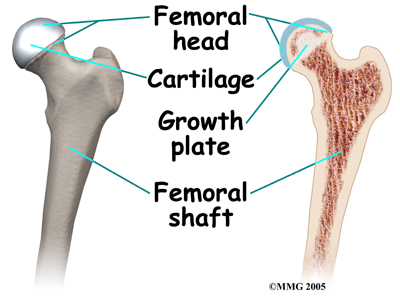
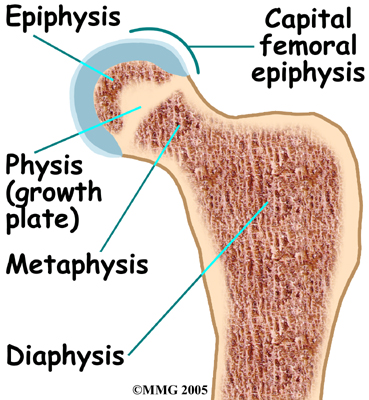
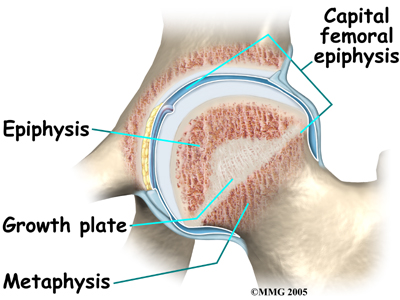
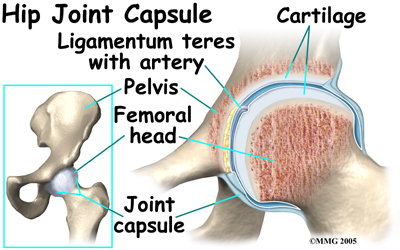
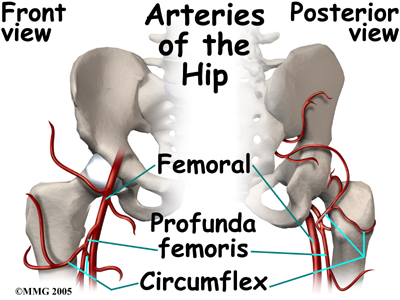
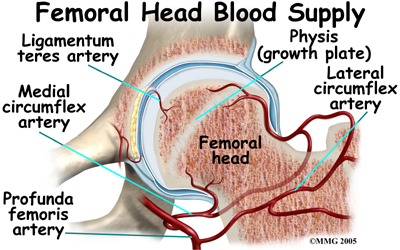
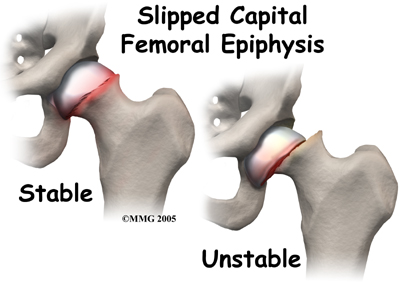
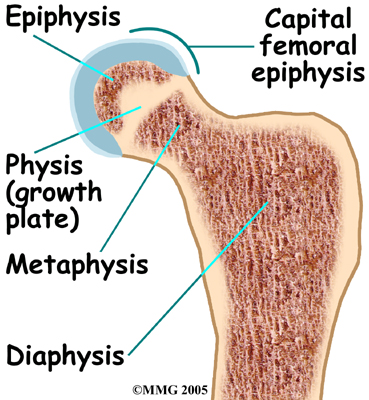
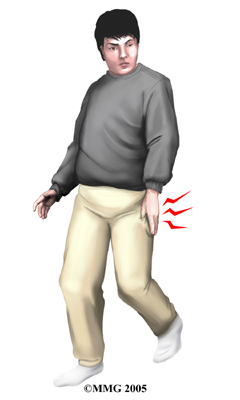
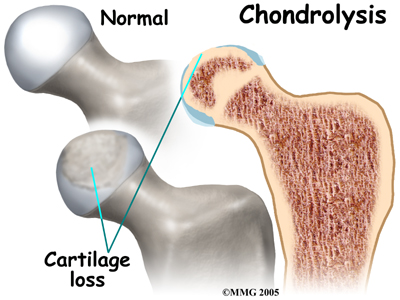 The main problem with SCFE is that it changes the structure of the hip joint. How much it affects the way the hip joint works depends on how much the epiphysis slips. The more the slip, the more likely there will be problems later in life.
The main problem with SCFE is that it changes the structure of the hip joint. How much it affects the way the hip joint works depends on how much the epiphysis slips. The more the slip, the more likely there will be problems later in life.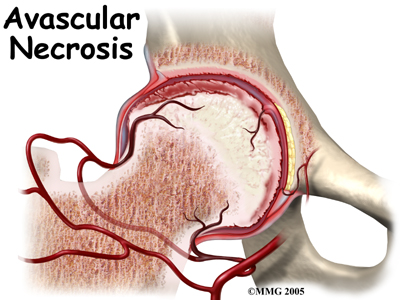
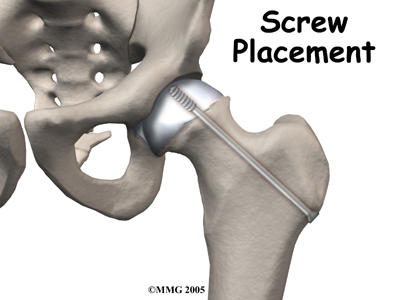 Once the diagnosis of SCFE is made, surgery is usually recommended immediately. The surgery is scheduled within a few days following the diagnosis. Until the surgery can be performed, it is highly advisable to use crutches and restrict activities to a minimum in order to decrease pain and stop any further slippage. The surgery can usually be done as an outpatient. General anesthesia (where the patient is put completely to sleep) is usually recommended, unless there are reasons not to use a general anesthetic. If so, a spinal block may be used instead.
Once the diagnosis of SCFE is made, surgery is usually recommended immediately. The surgery is scheduled within a few days following the diagnosis. Until the surgery can be performed, it is highly advisable to use crutches and restrict activities to a minimum in order to decrease pain and stop any further slippage. The surgery can usually be done as an outpatient. General anesthesia (where the patient is put completely to sleep) is usually recommended, unless there are reasons not to use a general anesthetic. If so, a spinal block may be used instead.